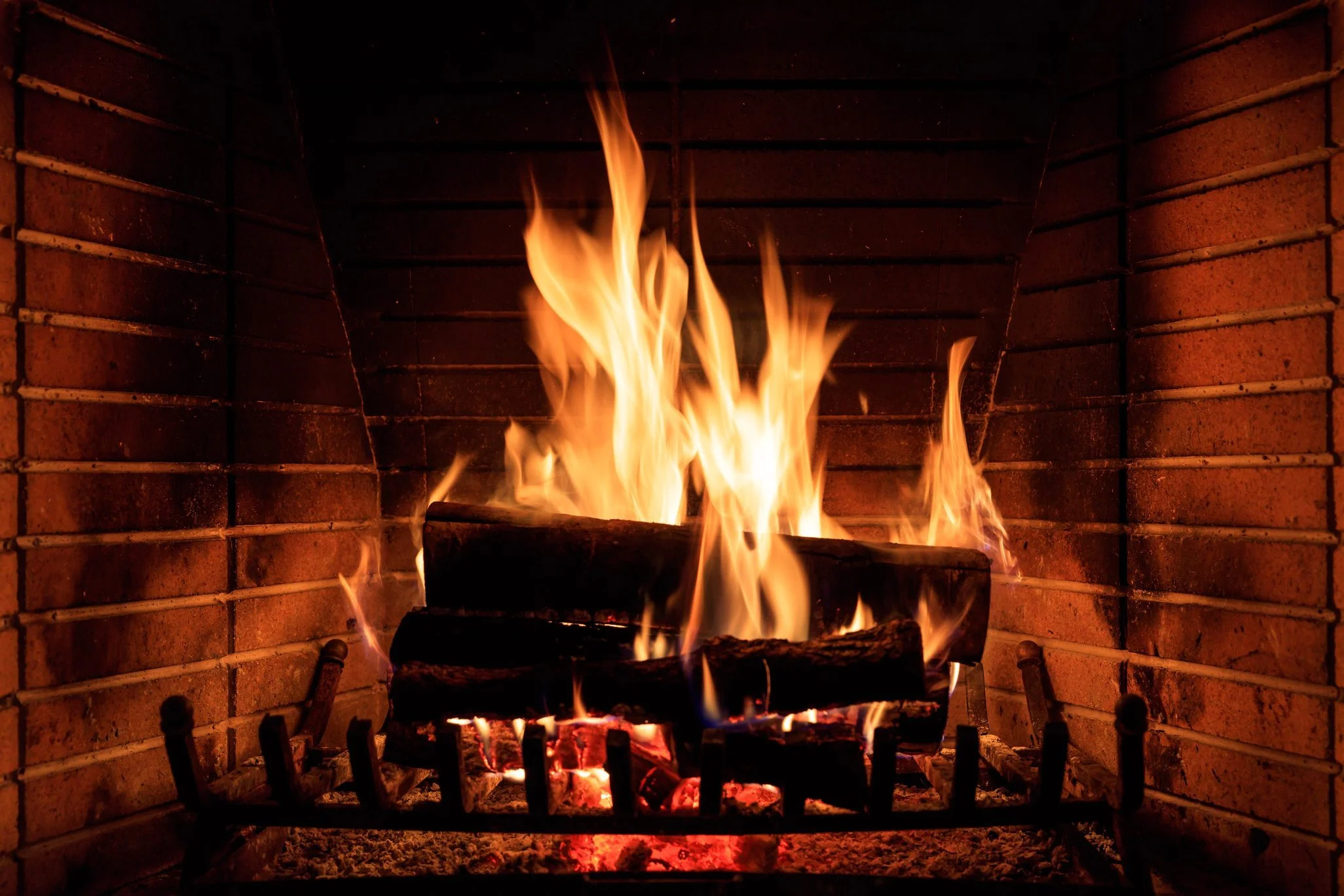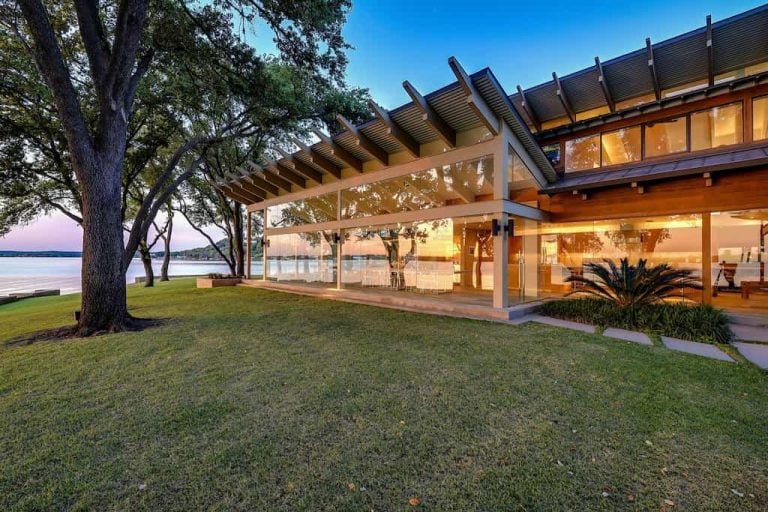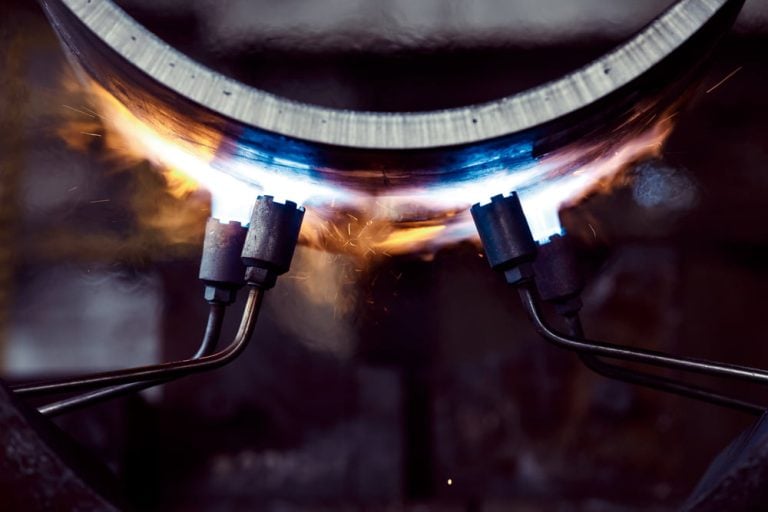Fireside Wisdom: Essential Tips for Ensuring Indoor Fireplace Safety

Table of Contents
The warm glow and cozy crackle of an indoor fireplace are beloved in many homes during the colder months. These fireplaces may bring comfort and ambiance, but they also have potential hazards if improperly maintained and used. As we approach the peak of fireplace season, we must educate ourselves on fireplace safety measures to prevent accidents and protect our homes.
This article will delve into invaluable tips for ensuring indoor fireplace safety – from proper maintenance techniques to safe usage practices. Whether you are a long-time owner or a first-time user of an indoor fireplace, this read is necessary for all who value warmth and security within their homes.
Install a Fireguard
Installing a fireguard is The first step in ensuring fireplace safety. A fireguard, typically made of mesh or metal screen, serves as a protective barrier, covering the opening of your fireplace. Its primary purpose is to prevent sparks and embers from flying into the room, minimizing the risk of accidental fires. Additionally, this guard acts as a safety measure, creating a barrier between curious children and the hot surface of the fireplace, significantly reducing the possibility of burns or injuries.
When selecting a fireguard, choosing one that fits your fireplace opening snugly and is crafted from durable materials is crucial. It ensures optimal functionality and long-lasting protection.
Remember always to keep the fireguard closed while the fire is burning and never leave a fire unattended, as safety should always be the top priority when enjoying the warmth and ambiance of your fireplace. With twin wall flue pipe being a popular choice for indoor fireplaces, ensuring that the guard does not obstruct the flue pipe and maintains proper ventilation is essential.
Choose Fireplace Screens Wisely
In addition to a fireguard, choosing a fireplace screen that complements your fireguard and adds an extra layer of protection is recommended. Fireplace screens are typically made of glass or metal and are a barrier against sparks and embers. They also serve as a decorative element, adding character to your fireplace.
When selecting a fireplace screen, opt for one that covers the entire fireplace opening and fits securely in place. It should also be heat-resistant to prevent damage from the fire’s high temperatures. Additionally, regularly clean your fireplace screen from any buildup of soot or debris, as this can create a potential fire hazard.
Keep the Hearth Clear
The hearth, the area directly in front of your fireplace, can often become cluttered. However, it is essential to keep this area clear for safety and aesthetics. Avoid placing flammable objects near the fireplace, such as rugs or furniture, as these items can easily ignite from sparks or embers.
Furthermore, ensure that all decorations and furnishings are placed safely from the fireplace. It includes Christmas trees and other decorations, which should be kept at least three feet away from any heat source. Considering the immediate area in front of the fireplace and the surrounding space is essential. Adequate ventilation and clearance around the fireplace help prevent heat buildup and minimize the risk of accidents.
Inspect the Chimney Regularly
Left untended, a neglected chimney can pose a significant threat to the safety of indoor fireplaces. As time passes, creosote and soot gradually accumulate within the chimney, ultimately heightening the risk of a potential fire or even carbon monoxide poisoning. Given these potential hazards, it becomes critically important to prioritize regular chimney inspections and cleanings by skilled professionals, taking place at least once a year.
During these thorough inspections, technicians meticulously examine the entire chimney structure, diligently searching for any potential blockages, cracks, or other forms of damage that could potentially compromise the safety of your beloved fireplace. Additionally, they prioritize assessing proper chimney ventilation and the overall condition of the essential flue pipe, ensuring optimal functionality and safety.
Extinguish Properly Before Bed
One of the most critical safety measures when using an indoor fireplace is extinguishing the fire properly before bed or leaving the house. The general rule of thumb is that embers should be ultimately out, and there should be no visible smoke before leaving the fireplace unattended.
To ensure a safe and thorough extinguishing process, use a metal shovel to spread the ashes and embers, allowing them to cool down. It is essential to have a metal ash bucket nearby to dispose of these materials safely. Never use water to put out a fire in the fireplace, as this can cause steam and potential damage.
Develop an Escape Plan
Despite our best efforts, accidents can still happen, and it’s essential to be prepared. Therefore, it is crucial to have a well-thought-out escape plan in case of a fire in your home. Take the time to identify multiple fire exits and designate meeting spots outside the house where all household members can gather safely.
To ensure everyone is familiar with the escape plan, it’s advisable to practice it regularly with your family. Conduct fire drills and simulate emergencies so that everyone knows exactly what to do and where to go in case of a fire. In addition to having an escape plan, it is equally vital to have functioning smoke detectors and carbon monoxide alarms installed throughout your home. These devices serve as early warning systems and provide precious seconds or minutes to evacuate safely.






